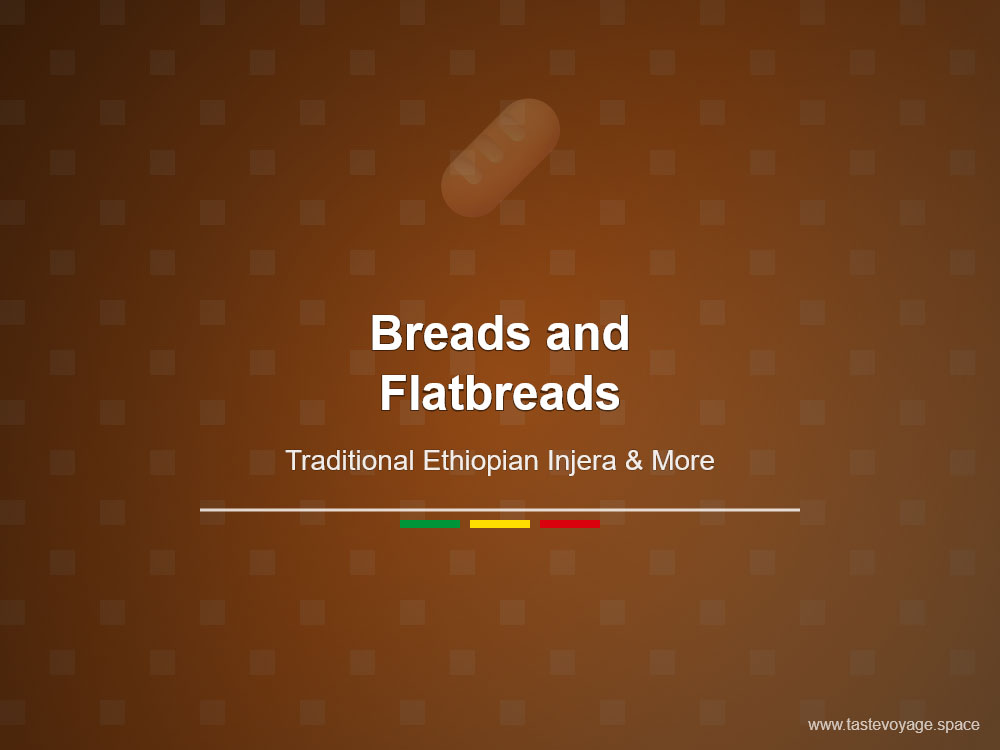Authentic Ethiopian Injera with American-Grown Teff
Travel the World Through Food >> Breads and Flatbreads>>Ethiopian Cuisine>> Authentic Ethiopian Injera with American-Grown Teff
Authentic Ethiopian Injera with American-Grown Teff
Discovering Ethiopian Injera: A Cultural and Culinary Treasure
Ethiopian Injera is more than just a bread; it is a symbol of community, tradition, and culinary artistry. This iconic dish holds a special place in Ethiopian food culture and has gained recognition worldwide for its unique flavor and texture. Made primarily from teff, Injera serves as both a plate and a utensil, bringing people together around shared meals and fostering a sense of connection. Its significance extends beyond the table, embodying centuries of Ethiopian history and social customs.
The Rich Cultural Heritage of Injera
Injera’s roots trace back thousands of years, reflecting Ethiopia’s deep historical and cultural heritage. It is traditionally prepared for everyday meals as well as special occasions, symbolizing unity and hospitality. The process of making Injera involves a fermentation that embodies patience and tradition, connecting generations through time-honored techniques. This bread’s distinctive sour taste and soft, spongy texture make it instantly recognizable and highly valued in Ethiopian cuisine.
In Ethiopian society, Injera is more than food—it is a communal experience. Meals are often shared from a single platter, with Injera serving as both the serving vessel and utensil. This practice encourages social bonding and emphasizes the importance of togetherness in Ethiopian culture. The act of breaking and sharing Injera reinforces values of mutual respect and unity, making it a central element of social gatherings and family life.
The Culinary Significance of Teff in Injera
Teff, the tiny ancient grain used to Make Injera, is celebrated for its nutritional benefits and unique properties. Its naturally gluten-free composition and high mineral content make it a healthful choice, sparking interest in its culinary applications worldwide. Traditionally, Ethiopian farmers cultivated local varieties of teff, but in recent years, American-grown teff has become a popular alternative, ensuring a sustainable and accessible supply.
The use of teff gives Injera its characteristic lightness and tanginess. The fermentation process enhances its flavor profile, creating a complex, mildly sour taste that perfectly balances accompanying dishes. The grain’s fine texture allows for the creation of a thin, pliable bread that is both durable enough to hold toppings and delicate enough to be enjoyed on its own.
The Significance of Injera in World Cuisine
As global interest in diverse cuisines grows, Injera has gained recognition for its health benefits and unique culinary qualities. Chefs and food enthusiasts appreciate its versatility and cultural richness. Many restaurants outside Ethiopia now feature Injera on their menus, offering people around the world a taste of Ethiopian tradition.
The adoption of American-grown teff has helped bridge cultures, making it easier for culinary enthusiasts everywhere to experience the authentic taste of Injera. This adaptation supports sustainable farming practices and elevates the profile of teff as an important grain in contemporary cuisine.
Embracing Injera’s Cultural and Culinary Legacy
Injera embodies the essence of Ethiopian life—its history, community, and culinary ingenuity. With its roots in ancient tradition and its place in modern kitchens worldwide, Injera continues to inspire a deeper appreciation for diverse cultural foods. Whether shared at a family meal or celebrated in a gourmet restaurant, Injera remains a testament to the power of food to bring people together and preserve cultural heritage.
By exploring Injera, we celebrate a remarkable dish that exemplifies the richness of Ethiopian culinary heritage and the universal language of good food. Its unique flavor, cultural significance, and adaptability make it a truly special addition to the world’s culinary tapestry.
